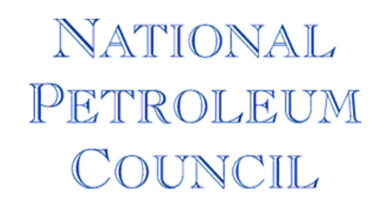Abandonment takes critical planning, risk managment
Rigorous risk management and planning are vital to the successful, safe execution of complex well abandonment projects.
Speaking on day two of the IADC Well Control Europe 2010 conference & exhibition in Aberdeen, Martin Beveridge of Shell UK Exploration & Production told delegates that it is important to understand that integrity issues can be considerable, as proved to be the case with the Central North Sea well.
The well in question was originally drilled and completed in 1996. There were complications at the time that had to be taken account during the subsequent decommissioning of the well.
The well produced prolifically at the outset and was problem-free through to the early 2000s after which significant issues started to surface. A workover was planned for 2006 but ultimately proved impossible to complete and led to a decision to suspend the well and plan for decommissioning … a task that turned out to be challenging.
Ultimately a safe and successful decommissioning was achieved and key to this was preparation — the considered drawing up of a clearly defined road map … thorough project definition, stakeholder engagement and modeling before moving into the execution phase.
“One of the good things in developing a road map for the successful delivery of well abandonment projects is to have a key project definition up front,” said Beveridge.
He said it was very important to scale a decommissioning project as they can range from single well abandonments to a full-scale field decommissioning and can demand very different project management skills, specialists and contractors.
“One of the key things about the risk management decision framework is that you look at the full domain of risks for the well abandonment, taking into account technical risks, key operational risks, commercial and regulatory and full domain of other risks that will lead to successful delivery,” said Mr Beveridge.
He strongly advocated scenario-based cost estimation and warned that, in the design of abandonment expenditure, conventional probabilistic cost modeling doesn’t really lend itself to this type of work.
It was necessary to cover the full bandwidth of possibilities, from straightforward to high complex and therefore expensive.
Mr Beveridge said this included contingencies such as relief well planning, emergency response and very complex well intervention strategies.
Turning to project governance, he said: “With this particular project we formed a steering group that acted as an intermediary between senior management decision-makers and the project team. This allowed us to capture the key project issues and discuss them on a regular basis.”
Regarding risk management tools normally applied in well engineering and completions and well intervention, Mr Beveridge said the team used the HAZOP and HAZID techniques, also carried out integrity reviews and safety cases and looked at defining ALARP criteria for carrying out the well intervention portfolio of work and ensuring that there was an emergency response fallback plan for relief well planning.
“These were important parts for the nature of this field/well abandonment project,” he added




